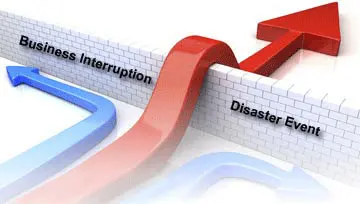Disasters to Plan For
by Dennis McCafferty
Disasters of all types happen - Proper Planning for Recovery is the Only Real Solution
Consider this: Companies lose as much as $90,000 for every hour of downtime due to systems disruptions, and the survival rate for companies without a disaster recovery plan is less than 10 percent. No organization is immune because both natural and man-made sources can trigger these incidents. With that in mind, Janco Associates has come up with a list of the top 10 disasters that affect organizations. The list demonstrates how incidents can develop from something as relatively small as a car crash to massive weather events. Whatever the cause, organizations must prepare with plans. "Disaster recovery and business continuity are about being ready for everything," says Victor Janulaitis, CEO of Janco. "The question that every IT manager and CIO has to answer every day is what they should complete today if they knew a business interruption were going to happen in the next 12 hours. "
Proper DR BC planning is required for a successful recovery
A best practice for disaster planning and business continuity is a technique, method, process, activity, incentive, or reward that is believed to be more effective at restoring the operation of an enterprise after a disaster or enterprise interruption event occurs.
The idea is that with proper processes, checks, and testing, a desired outcome can be delivered with fewer problems and unforeseen complications. Best practices can also be defined as the most efficient (least amount of effort) and effective (best results) way of accomplishing a task, based on repeatable procedures that have proven themselves over time for large numbers of people.
 Disasters to plan for include:
Disasters to plan for include:
- Weather
- Fires
- Earthquakes
- Water Pipe Breaks
- Fiber communication lines cut
- Power outages
- Human Error
- Inside Jobs
- Data Corruption and Loss
- Cascading System Failure
Order DRP BCP Template Sample DRP BCP Template

